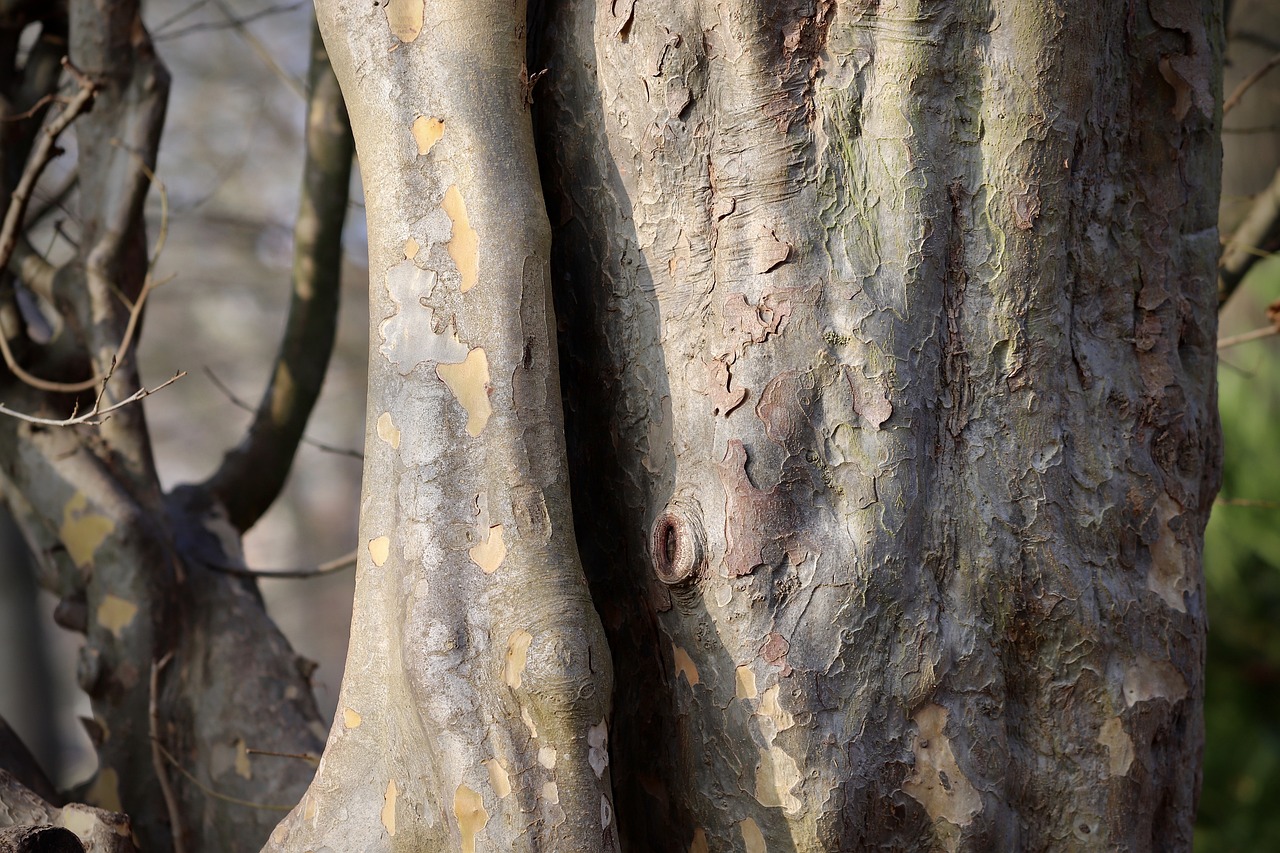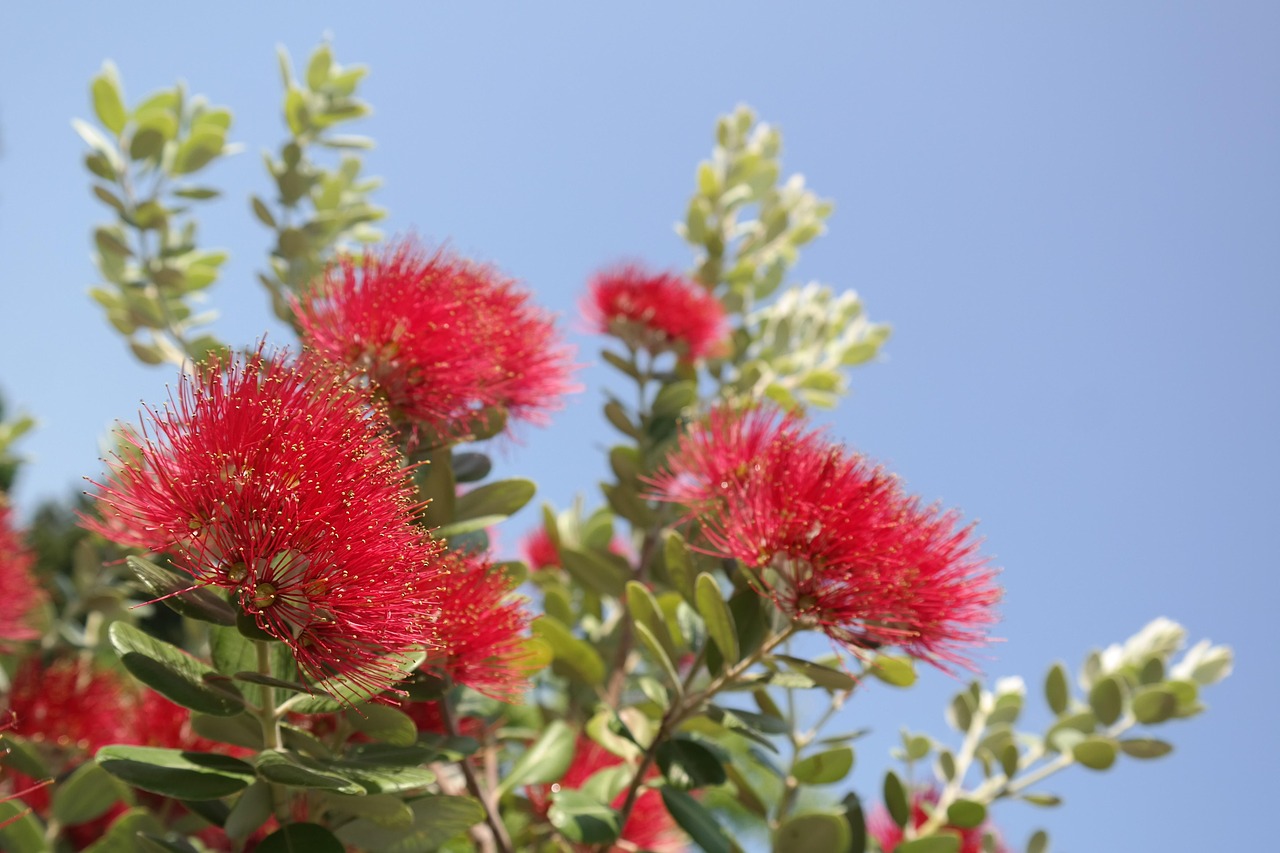Ironwood trees (Casuarina) grow at a slow to moderate rate of 1-3 feet annually, taking about 20-30 years to mature. Proper site selection, soil preparation, watering, and pest management are crucial for optimal growth. Patience and diligent care ensure healthy development and valuable timber production over time.

I originally discovered that these trees are native to Australia and parts of Southeast Asia, thriving even in coastal and arid regions. Growing Ironwood in less-than-ideal soil conditions became a challenge I relished—there’s something rewarding about seeing resilient trees take root where many others struggle. One thing I always keep in mind: Ironwood trees have this remarkable ability to fix nitrogen in the soil, which naturally boosts soil fertility around them. It’s like they’re giving back to the land while building themselves up—something I consider vital for sustainable forestry.
Growth Factors Affecting Ironwood Trees
Over the years, I’ve learned that several factors directly influence how quickly Ironwood trees grow. I remember a season when I ignored proper watering, and my young trees just stalled. That taught me to always pay attention to their environment. Here’s what I always consider:
- Climate: I’ve found these trees prefer warm climates with moderate rainfall. Extremes—hot droughts or cold snaps—can slow their growth dramatically.
- Soil Type: Well-drained, nutrient-rich soil is key. I’ve seen poorly drained soils stunt even the best-planted Ironwoods, so I always ensure proper soil preparation.
- Water Availability: During dry spells, I rely on drip irrigation systems. They might seem like a hassle at first, but in my experience, they make all the difference in maintaining steady growth.
- Sunlight: Full sun exposure is non-negotiable if I want these trees to thrive and photosynthesize efficiently.
- Pest Management: Regular inspections are crucial. I once caught a pest infestation early—leafcutter ants and scale insects are persistent—but catching them early saved my entire setup.
From my own observations, younger trees tend to grow faster than older ones, but with patience and care, even mature Ironwoods can experience periods of rapid growth. Proper management practices always help—it’s all about giving each tree enough space, nutrients, and protection.

Pro-Tips
- When I first started planting Ironwoods, I underestimated the importance of soil testing. Now, I always analyze my soil’s nutrients and pH beforehand—trust me, this step can save you months of trial and error by helping you tailor amendments right from the start.
- Plantting too close together was a mistake I made early on. I learned that giving each tree enough space—about 10 to 15 feet apart—reduces competition and promotes healthier, faster growth.
- Initially, I relied solely on natural rainfall, but I soon realized that installing drip irrigation during dry spells is crucial. It ensures steady water supply and makes a noticeable difference in their development.
- Pest infestations can be sneaky. When I first ignored early signs, it almost cost me some trees. Now, I inspect regularly for pests like scale insects and fungi—catching issues early helps prevent serious damage.
- Timing matters. I’ve found that planting during early spring or fall gives young Ironwoods the best start, allowing roots to establish before exposure to extreme weather conditions.
- Pruning may seem optional at first, but I’ve seen how removing dead or crossing branches early on leads to stronger, healthier growth. It’s worth shaping your trees as they develop.
Comparative Growth Rates of Ironwood Trees
To give some perspective, I’ve compared Ironwood to other hardwood species I’ve worked with. Here’s what I learned:
| Tree Species | Average Growth Rate (Feet per Year) | Maturity Age (Years) |
|---|---|---|
| Ironwood (Casuarina) | 1 – 3 | 20 – 30 |
| Oak | 1 – 2 | 30 – 50 |
| Maple | 1 – 3 | 25 – 40 |
| Pine | 2 – 4 | 20 – 30 |
Hearing these numbers, I always remind myself that while Ironwood isn’t the fastest grower, its dense, durable timber makes every extra year worth the wait. Proper site selection and management can help push these growth boundaries even further. It’s all about consistency and patience.

Whenever I pick a site for planting Ironwood, I always focus on finding a climate-friendly spot with the right soil. Sound management throughout their lifecycle ensures maximum growth and quality timber down the line. I’ve learned that investing effort early pays off in faster, healthier trees later on.
Sustainable Cultivation Strategies
Through my journey, I’ve realized that a well-planned strategy isn’t just about increasing growth; it’s about long-term sustainability. Practices like selective thinning or controlled burns are tools I use to maintain forest health and promote vigorous growth. Honestly, seeing a balanced, thriving Ironwood stand makes me confident that we’re contributing positively to the environment.
In summary, I always keep in mind that understanding growth rates, environmental factors, and proper management is essential. When I combine patience with sound practices, I find Ironwood trees yield magnificent, sustainable hardwood—good for the planet, good for business.
Essential Cultivation Practices for Ironwood Trees
From my personal experience, each step in cultivating Ironwood profoundly impacts results. Here’s what I always do to set my trees up for success:
Site Preparation
- Soil Testing: I never skip this. Knowing my soil’s nutrient and pH levels helps me tailor amendments. Ironwood seems happiest in slightly acidic to neutral soils.
- Clearing the Land: I make sure to remove weeds, debris, and competing plants—saving me headaches down the line.
- Tilling the Soil: Aeration improves drainage and root development—two keys to faster growth.
- Add Organic Matter: Compost or well-rotted manure helps transform poor soil into a growth-friendly environment.
Planting Techniques
- Timing: I plant during early spring or fall, giving my young trees the best chance to develop roots before harsh weather hits.
- Spacing: Adequate space reduces competition. I always go for around 10-15 feet between trees.
- Depth: I ensure they’re planted at the same depth as in their nursery containers—this prevents root issues.
- Irrigation: Water thoroughly when planting—it’s essential to settle the soil and promote vigorous root growth.
Ongoing Care and Maintenance
Once your Ironwood trees are in the ground, I always prioritize consistency in care:
Irrigation
Consistent watering, especially during dry periods, helps young trees develop strong roots. I find drip irrigation indispensable—efficient and gentle.
Pest and Disease Management
Pests like bark beetles and fungi can cause havoc. I regularly check for signs of damage and intervene early. Spotting issues early has saved me from losing entire batches of trees.
Fertilization
Proper fertilizing supports healthy growth, especially in poor soils. I opt for nitrogen-rich fertilizers in the growing season to promote lush foliage and overall vigor.
The Role of Pruning in Growth
In my opinion, pruning isn’t just about aesthetics. Removing dead or diseased branches improves the overall health, and crown thinning allows more light inside. I’ve seen my trees grow faster and stronger when I shape them early on, guiding their development.
Harvesting Practices
Sustainable harvesting is vital. I practice selective harvesting, removing only mature, high-quality trees, and avoid clear-cutting. Timing during the dry season ensures the best wood quality and protects the surrounding ecosystem. It’s all about balance—I want my forest to thrive for years to come.
Overall, my journey with Ironwood has taught me that combining meticulous site prep, patience, and sustainable practices not only boosts growth but also helps preserve the environment. It’s incredibly rewarding to see a stand of healthy, thriving Ironwoods after years of care, knowing I’m contributing to a sustainable future.
Environmental Benefits of Ironwood Tree Cultivation
On a personal note, I’ve always been motivated by how these trees benefit the planet. Their nitrogen-fixing ability naturally improves soil fertility, helping other plants grow better. Seeing the diversity of life they support—birds nesting, insects pollinating, mammals finding refuge—gives me a deep sense of fulfillment.
Soil Improvement
- Fertility: Ironwoods enrich the surrounding soil with nitrogen, which I’ve noticed boosts nearby plant health.
- Soil Structure: Their deep roots help prevent erosion and aerate the soil, which I’ve witnessed firsthand after planting on slopes.
- Organic Contribution: Fallen leaves decompose and enrich the ground, creating a thriving microenvironment.
Carbon Sequestration
Ironwoods are excellent at capturing carbon—an aspect that always reminds me why this work matters. Their relatively fast growth allows them to sequester significant amounts of CO2, which I see as a personal contribution to combating climate change.
Biodiversity Support
Creating Ironwood forests also supports a diverse ecosystem. I’ve watched birds build nests and pollinators thrive among the flowers, and it excites me to think that my efforts are helping preserve
